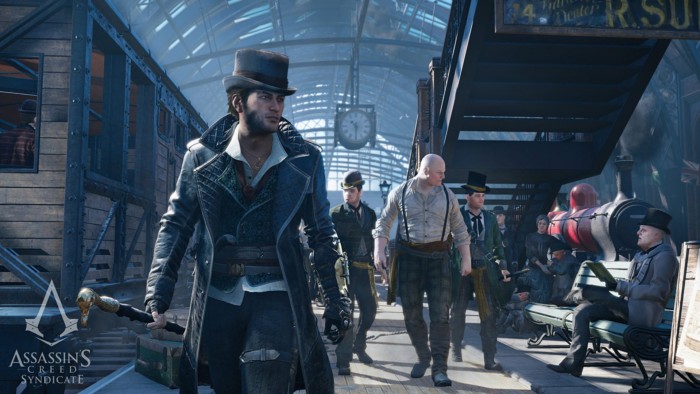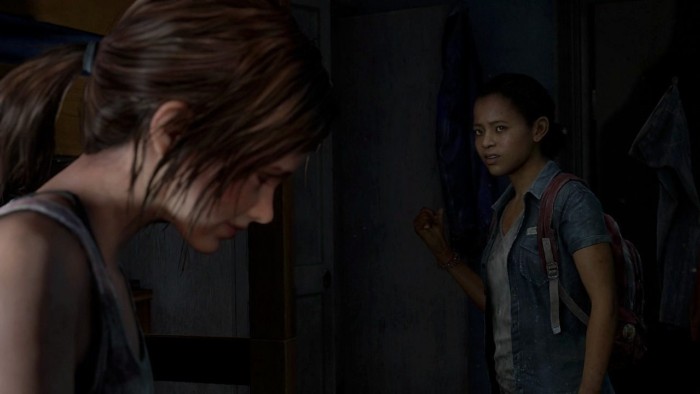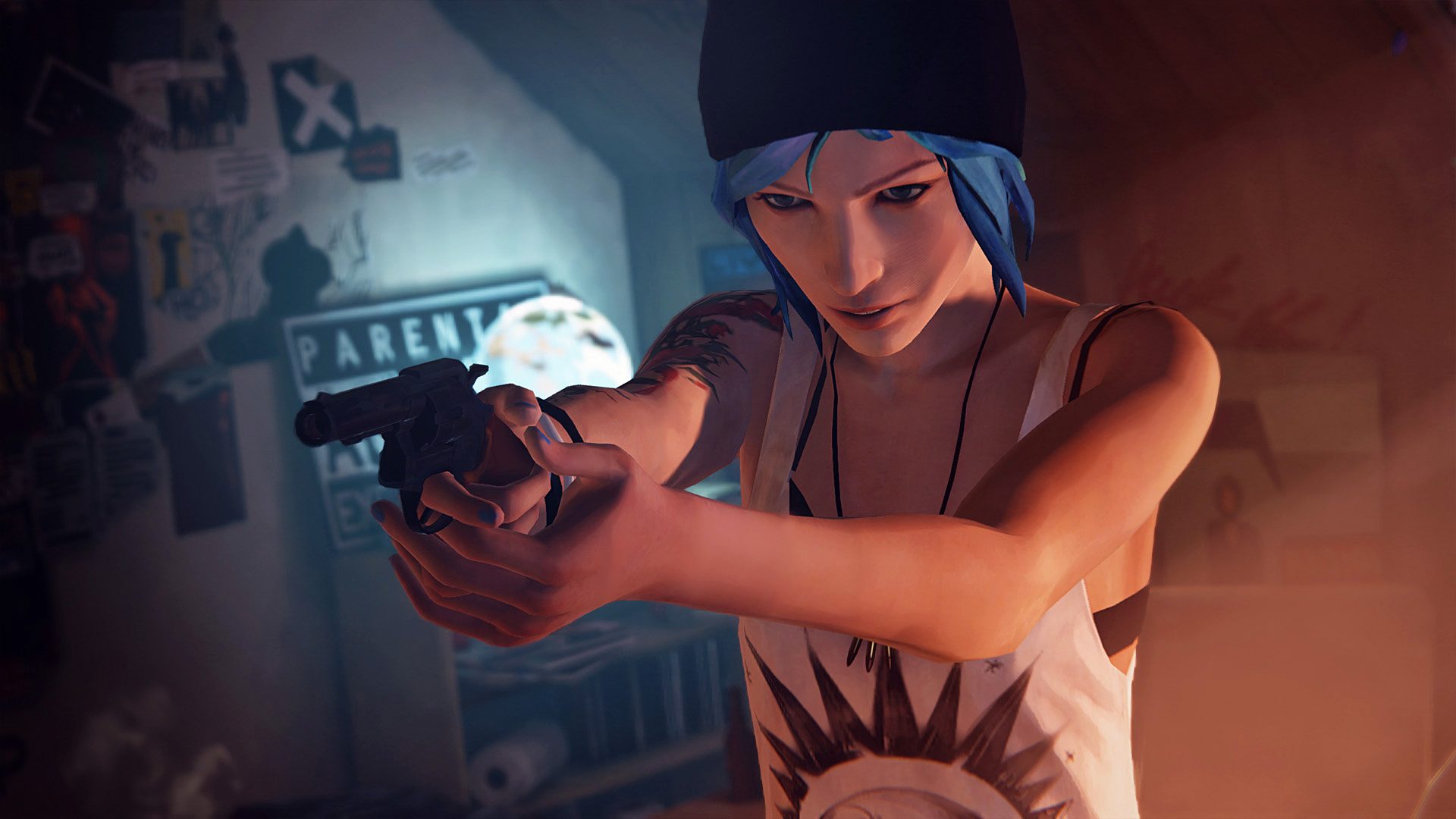Putting the gay in games
It should be no news to anyone that LGBT people have had a shocking history of representation by the gaming industry. To this day they remain a community that has been neglected across gaming history. As of 2018 one would hope we’d progressed beyond the ignorance of our gaming ancestors; however, Lucien Soulban, one of Far Cry 3’s writers, himself a gay man, has recently suggested that we are still far from seeing LGBT characters taking on leading roles in ‘AAA’ narratives.
It’s easy to be optimistic about the process of demarginalization, but when we compare the media to TV and film, the gaming industry continues to fall massively short of contemporary expectations. Looking back as far as the 1980s we can see evidence of LGBT characters making brief appearances in early gaming narratives, although many can be fit into a series of crude tropes, showcasing the ignorance of the time. For example, characters such as Doctor N. Gin of Crash Tag Racing and Simon of the Simon the Sorceror Series are comically feminised in a very coded way, as if befitting of the ‘sissy’ trope that was so commonly abused by writers of all media throughout the 80s and 90s. Furthermore, in the 1990s, portrayals of homosexuality took on a darker, more villainous face. For example, in The Orion Conspiracy, one of the first games to use the word homosexuality explicitly, we see the protagonist’s son’s sexuality being explicitly aligned with the criminal underworld he uncovers in the game. Equally in Phantasmogoria: Puzzles of the Flesh, for one of the first times in gaming history, the protagonist is set up as a bisexual man. Yet, this in a game that was considered controversially violent and graphic in its portrayal of criminality, murder, psychosis and sexual violence, inherently connected deviancy and depravity to bisexuality.

Picture: IGDB
In 1998 we had the first same sex marriage appear in a video game, in the form of Fallout 2. This seemed to mark the start of the industry placing less significance on the gender of the playable characters, and who their gamer chose for them to interact with, as it seemed that Grisham, the slaughterhouse owner would force you to marry whichever one of his children you chose to have sex with in the game. However, it is important to note that this remains a problematic example, as beyond the sex that the PC can choose to have and the inevitable marriage that can follow, the PC is unable to, or is rejected in their verbal advances towards same-sex characters. Even up to present day, we still have pitfalls such as the censorship of gay marriage in Tomodachi Life in North America. In the aforementioned statement from Lucien Soulban, he cited that the reason we would not see a gay protagonist was “because of fears it’ll impact sales.” With situations like this it is not hard to believe.
This notion of characters ‘outed’ outside of their gameplay is stupendously common in modern gaming with characters such as Tracer of Overwatch, and many of the characters of Assassins Creed Syndicate
Soulban also notes the rise of gay characters on the periphery, even going on to suggest that if an ‘AAA’ game does have a gay protagonist “We’ll find out damn near after the fact”. This notion of characters ‘outed’ outside of their gameplay is stupendously common in modern gaming with characters such as Tracer of Overwatch, and many of the characters of Assassins Creed Syndicate. It is a quiet progress however, that many games choose not to make sexuality explicit within a playable character. This can perhaps be where we mark the difference between the industry now and the industry 30 years ago. Games such as Skyrim, Mass Effect and Borderlands have been frequently including gay characters within their storylines without much fanfare or provocation. Equally newer games such as The Last of Us and Life is Strange have showcased nuanced but explicit ways to represent the LGBT women within their narratives. Yet even this comes with a catch as in both games the queer love interests, Riley and Chloe respectively, are killed, sacrificed for plot progression, indicating that the trope of LGBT characters dying violent deaths is not reserved for TV and film alone.

Image: IGDB
So perhaps the gaming industry has made great steps towards a more diverse, fluid representation of sexuality, but perhaps equally the larger companies have some ways to go to catch up with the gaming community’s aspirations. Critically, the industry must recognise the lack of LGBT people of colour and the crucial inclusion of the full spectrum of LGBTQIA people in to the universe of video games. For further advancement of LGBT representation, the industry must also recognise the disconnect between its top-paid creators and its consumers.

Comments (1)